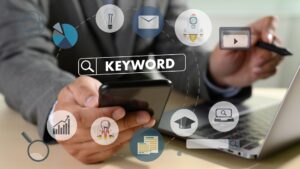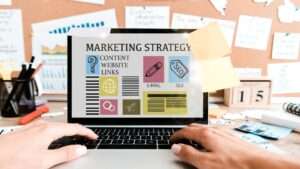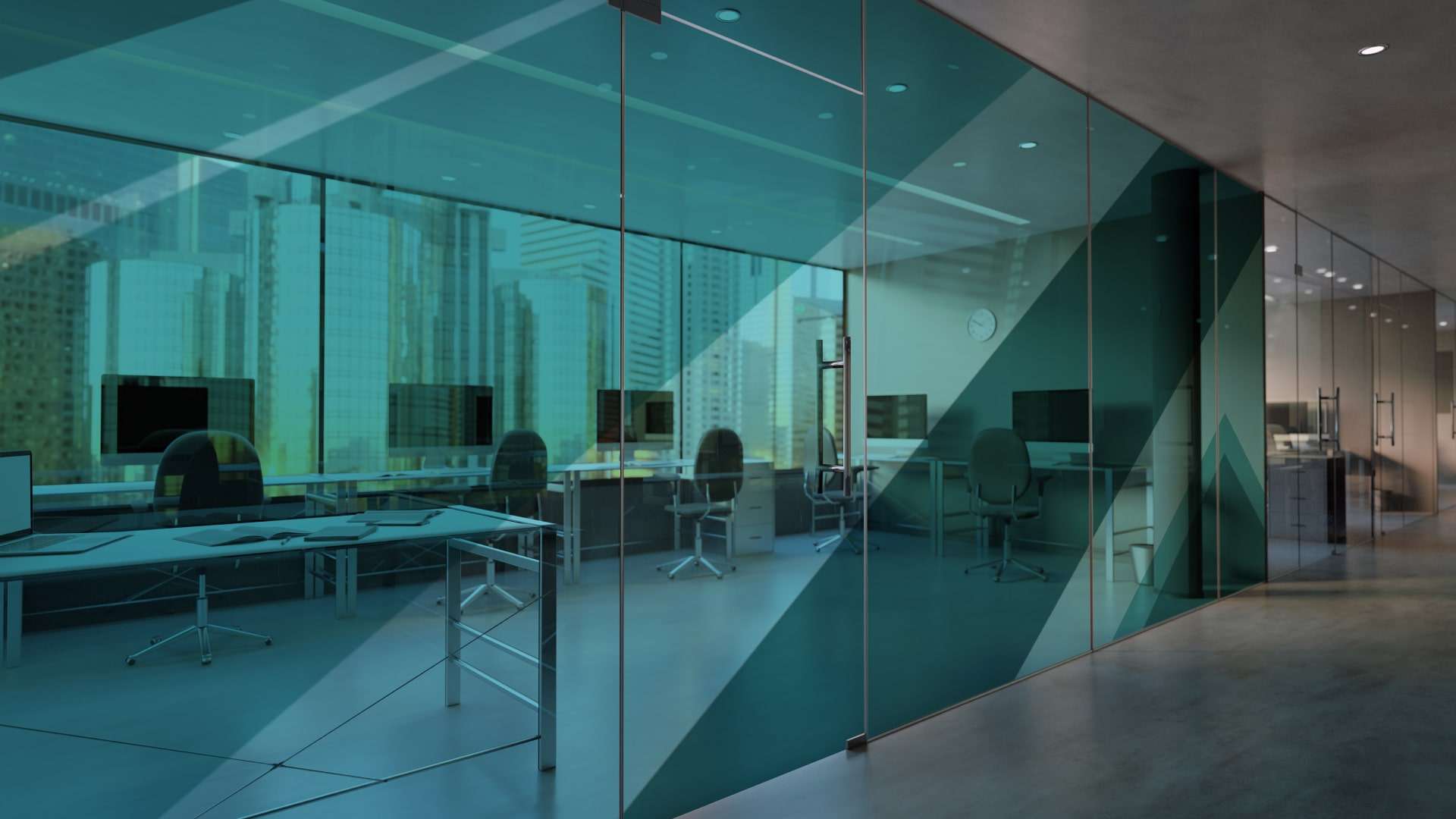How can you make sure that you choose the right agency to develop your next big idea?
The software development partner’s primary goal is to remove massive lifting from you so you can quickly launch your MVP or your software idea in the most cost-effective, timely manner.
First of all, make sure of the following:
- Get a feel from the people you speak with, don’t feel like you are being talked past with overly technical words.
- Check references- ask about the products they have built.
- Ask to speak with former clients and with stakeholders you’ll be working with on projects.
- Be sure to set a clear goal and expectations upfront on deliverables, whether that’s an MVP or a prototype.
- Ask about options for a growth plan once the product is built.
- Define communication strategies- make sure you meet your account manager, product manager, product owner, etc. Attend all meetings, create shared slack, ETC!
What are the pros and cons of utilizing a software development agency?
PROS
- Full Cycle: Offers business analysts, architects, designers, and developers to guide your product journey from ideation to launch.
- Onboard fast no hiring cost.
- Scalability: The fastest way to scale up/down.
- Growth: Can help you hire and vet in-house talent or a plan for continued development/ maintenance.
- Low Risk: little risk of turnover.
CONS
- More expensive than hiring a freelancer, but not necessarily more costly than a CTO.
- Quality and engagement styles vary considerably.
- Often have contractual requirements or minimum.
We create solutions that can easily plugin into your business:
- New product strategy and optimization
- Rapid prototyping
- Full MVP development
- Legacy system updates and refactors
- product expansion
- A digital reinvention of business offerings and processes
We built successful products for businesses across many industries. To name a few:
AI(ML/NLP) How to implement AI in your business?
First, let’s see what AI can do today; it can recognize objects, model complex rules with data sets, and process high amounts of data to find patterns, among other things.
You can insert AI on your custom side as Chatbots to learn your customer’s needs, on your business processes for improvement, or use it on data to make predictions.
SaaS is a method of software delivery that allows data to be accessed from any device with an internet connection and a web browser. In this web-based model, software vendors host and maintain the servers, databases, and code that makes up an application.
Wellness (or Wellbeing) technology provides organizations with the infrastructure to efficiently identify the health risk levels of employees so organizations can develop and deliver.
Wellness programs to help motivate, engage, and incent employees (and their dependents) in a variety of healthy behaviors.
Fintech refers to the integration of technology into offerings by financial services companies to improve their use and delivery to consumers. It primarily works by unbundling offerings by such firms and creating new markets for them.
Real Estate-Proptech is digitally transforming real estate through its innovative use in commercial, residential, and industrial sectors. These changes are occurring in the ecosystem through its short-term benefits and the long-run asset-building within the industry.
Big Data is defined as data that is huge. Big Data is used to describe a collection of data that is hugely growing exponentially with time. Big Data analytics examples include cloud exchanges, social media sites, jet engines, etc.
Consumer Apps consumer apps are apps specifically designed for customers based on customer unique needs and wants. In commercial business, consumer apps are usually developed to strengthen the relationship with customers, and ultimately, get them to buy more or spend more screen time.
Entertainment can offer a wide range of entertainment software such as computer games, educational games, translation software, and mapping software, among others.
B2C & B2B Business-to-Business describes companies that sell products and services to other companies. Marketing agencies, vendors that sell HR software, and manufacturers are examples of B2B organizations. B2C: Business-to-Consumer describes companies that sell straight to end customers.
Wearable Tech also known as “wearables”, is a category of electronic devices that can be worn as accessories, embedded in clothing, implanted in the user’s body, or even tattooed on the skin. The rapid adoption of such devices has placed wearable technology at the forefront of the Internet of things (IoT).
IoT system consists of sensors/devices which “talk” to the cloud through some kind of connectivity. Once the data gets to the cloud, software processes it and then might decide to act, such as sending an alert or automatically adjusting the sensors/devices without the need of the user. Example: Alexa, Google Home.
MedTech/BioTech refers to all kinds of medical products that can be used for the treatment of various medical conditions and diseases. This technology has helped to improve general health, lengthen lifespan, and bolster our quality of life.
We help you simplify product development and remain flexible while you grow by:
- Adding UX/UI product and engineering expertise
- Reducing time and cost
- Elimination biz and tech inefficiencies
- Filling in resources gaps
- Activation of corporate agility and innovation
- Handling the a-z of ongoing product and team management
- Quickly adjust teams in response to shifting priorities


















